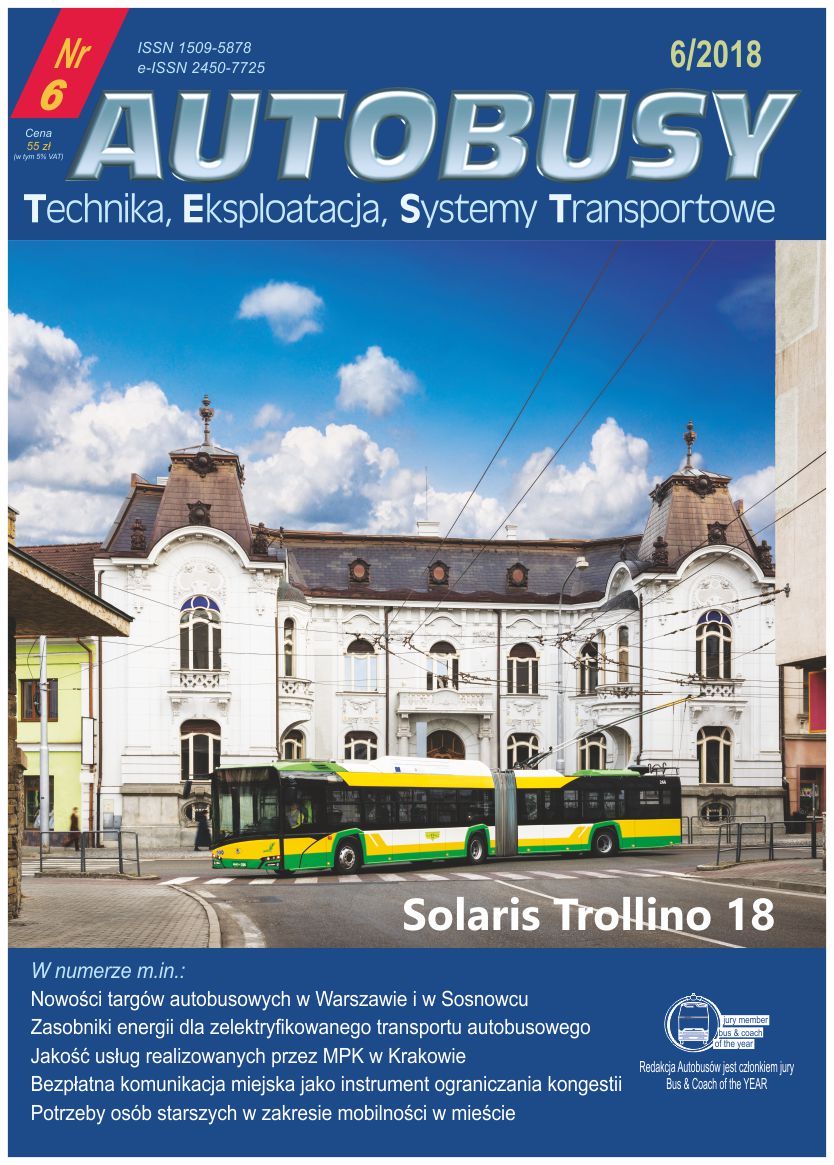Examination of granulometry of ceramic dust which derogations while disposing waste sanitary ceramics for the use of their as addition to the concrete
DOI:
https://doi.org/10.24136/atest.2018.084Keywords:
ceramic aggregate, ceramic dust, granulometry, density measurements, concrete additives, pozzolana, concrete compositeAbstract
The purpose of the research presented in this article was to assess the granulometry of ceramic dust in terms of their use as an additive to concrete. The material for testing came from postindustrial sanitary ceramic waste, which was subjected to a crushing process in jaw crushers. A research stand consisting of a Horoir LA-300 laser particle analyzer connected to a computer equipped with appropriate software was used to study the granulometric characteristics. As a side feature, the dust density was examined using a Le Chatelier flask. The results of the tests carried out were compared with the data obtained for the traditionally used concrete additive - silica volatile dusts.
Downloads
References
A. Devenny, F.M. Khalaf The use of crushed brick as coarse aggregate in concrete Masonry Int, 12 (3) (1999), pp. 81–84.
A. Halicka, P. Ogrodnik, B. Zegardlo, Using ceramic sanitary ware waste as concrete aggregate Construction and Building Materials, 48 (2013), pp. 295–305.
A.R. Khaloo, Properties of concrete using crushed clinker bricks as coarse aggregate ACI Mater J, 91 (2) (1994), pp. 401–407.
A.R. Mazumder, A. Kabire, N. Yazdani, Performance of overburnt distorted bricks as aggregates in pavement works J Mater Civ Eng, 18 (6) (2006), pp. 777–785.
B. Zegardło, M. Szeląg, P. Ogrodnik, Ultra-high strength concrete made with recycled aggregate from sanitary ceramic wastes – The method of production and the interfacial transition zone. Construction and Building Materials, Vol. 122 (2016) ,pp. 736-742.
Bohren C.F., Huffman D.R.; Absorption and scattering of light by small particles, Wiley-Interscience, New York, 2010.
C. Medina, M. Frías, M.I. Sánchez de Rojas, Microstructure and properties of recycled concretes using sanitary ware industry waste as coarse aggregate Constr Build Mater, 31 (2012), pp. 112–118.
C. Medina, M.I. Sánchez de Rojas, M., Frías Reuse of sanitary ceramic wastes as coarse aggregate in eco-efficient concretes Cem Concr Compos, 34 (2012), pp. 48–54.
C. Medina, P.F.G. Banfill, M.I. Sánchez de Rojas, M. Frias, Rheological and calorimetric behaviou of cements blended with containing ceramic sanitary ware and construction/demiltion waste Constr Build Mater, 40 (2013), pp. 822–831
C.S. Poon, D. Chan, Paving blocks with recycled aggregate and crushed clay brick Constr Build Mater, 20 (8) (2006), pp. 569–577.
F. Bektas, K. Wang, H. Ceylann, Effects of crushed clay brick aggregate on mortar durability Constr Build Mater, 23 (2009), pp. 1909–1914.
F. Debieb, S. Kenai The use of coarse and fine crushed bricks as aggregate in concrete Constr Build Mater, 22 (2008), pp. 886–893.
F. Pacheco-Torgal, S. Jalali, Reusing ceramic wastes in concrete Constr Build Mater, 24 (2010), pp. 832–838.
F.M. Khalaf, A.S. DeVenny Recycling of demolished masonry rubble as coarse aggregate in concrete: review J Mater Civ Eng, 16 (4) (2004), pp. 331–340.
H. Binici, Effect of crushed ceramic and basaltic pumice as fine aggregates on concrete mortar properties Constr Build Mater, 21 (2007), pp. 1191–1197.
H. Higashiyama, F. Yagishita, M. Sano, O. Takahashi, Compressive strength and resistance to chloride penetration of mortars Rusing ceramic waste as fine aggregate Constr Build Mater, 26 (2012), pp. 96–101.
I. Guerra, I. Vivar, B. Liamas, A. Juan, J. Moran, Eco-efficient concretes: the effects of using recycled ceramic material from sanitary installations on the mechanical properties of concrete Waste Manage. (Oxford), 29 (2009), pp. 643–646.
Instrukcja działania LA300E dostępna na : www.horiba.com/ fileadmi /uploads /Scientific /Documents /PSA/LA300E_bro.pdf.
J. De Brito, A.S. Pereira, J.R. Correia, Mechanical behaviour of non-structural concrete made with recycled ceramic aggregates Cem Concr Compos, 27 (4) (2005), pp. 429–433.
J.M. Khatib, Properties of concrete incorporating fine recycled aggregate Cem Concr Res, 35 (4) (2005), pp. 763–769.
J.R. Correia, J. de Brito, A.S. Pereira, Effects on concrete durability of using recycled ceramic aggregates Mater Struct, 39 (2006), pp. 169–177.
Lopez, B. Llamas, A. Juan, J.M. Moran, I. Guerra, Eco-efficient concretes: impact of use of white ceramic powder on the mechanical properties of concrete Biosyst Eng, 96 (4) (2007), pp. 559–564.
M.A. Mansur, T.H. Wee, L.S. Charan, Crushed bricks as coarse aggregate for concrete ACI Mater J, 96 (4) (1999), pp. 478–483.
M.A. Rashid, T. Hossain, M.A. Islam, Properties of higher strength concrete with crushed brick as coarse aggregate J Civ Eng (IEB), 37 (1) (2009), pp. 43–52.
P. Cachim, Mechanical properties of brick aggregate concrete Constr Build Mater, 23 (2009), pp. 1292–1297.
R.M. Senthamarai, P. Devadas Manoharan, Concrete with ceramic waste aggregate Cement Concr Compos, 27 (2005), pp. 910–913.
R.M. Senthamarai, P. Devadas Manoharan, D. Gobinath, Concrete made from ceramic industry waste: durability properties Constr Build Mater, 25 (2011), pp. 2413–2419.
S.M. Levy, P. Halene, Durability of recycled aggregates concrete: a safe way to sustainable development Cem Concr Res, 34 (18) (2004), pp. 1975–1980.



